Market Share
US Green Steel Market Share Analysis
In the rapidly evolving landscape of the US Green Steel Market, companies strategically employ various market share positioning strategies to establish a robust presence and gain a competitive edge. A fundamental strategy revolves around the commitment to sustainable and eco-friendly steel production. Green steel producers invest in advanced technologies, such as hydrogen-based direct reduction processes and electric arc furnaces powered by renewable energy, to significantly reduce carbon emissions in the steel manufacturing process. By offering steel products with a lower carbon footprint, companies aim to position themselves as leaders in the market, catering to environmentally conscious industries and consumers.
Cost leadership is another pivotal strategy embraced by companies in the US Green Steel Market. This approach involves optimizing operational efficiency, securing cost-effective renewable energy sources, and achieving economies of scale. Becoming a low-cost producer enables companies to offer competitive pricing for their green steel products, attracting a broader customer base. Cost-effective solutions not only appeal to price-conscious consumers but also provide companies with a strategic advantage against pricing pressures and market fluctuations, ensuring sustained profitability.
Market segmentation plays a crucial role in the positioning strategies of green steel manufacturers in the United States. Recognizing the diverse applications of steel in various industries, companies tailor their products to address specific market segments. This may involve producing steel with specific characteristics for use in construction, automotive manufacturing, or renewable energy infrastructure. Effective segmentation enables companies to optimize their market share within specialized niches, providing solutions that precisely meet the needs of different industries and applications.
Strategic collaborations and partnerships are instrumental in enhancing market share positioning within the US Green Steel Market. Companies often form alliances with technology providers, renewable energy companies, and end-users to strengthen their supply chain, expand market reach, and facilitate innovation. Collaborations can lead to joint research projects, shared infrastructure, and the development of application-specific green steel solutions. Partnering with key stakeholders allows companies to leverage collective strengths, share expertise, and collectively address the complexities of the green steel industry more effectively, contributing to increased market share.
Certifications and transparency in sustainability practices are emerging as significant factors influencing market share positioning strategies in the US Green Steel Market. Companies are obtaining certifications such as the ResponsibleSteel standard, showcasing their commitment to responsible and transparent steel production. Green steel manufacturers positioning themselves as leaders in sustainability can gain favor among customers who prioritize eco-friendly and ethically produced materials, contributing to the overall sustainability of the industry.
Moreover, a robust digital presence is crucial in today's technologically driven business environment. Green steel companies in the United States leverage digital marketing, online platforms, and communication channels to connect with customers, showcase their sustainability initiatives, and facilitate business transactions. An effective online presence enables companies to reach a broader audience, provide educational resources, and engage with clients directly, enhancing brand visibility and trust in the competitive green steel market.

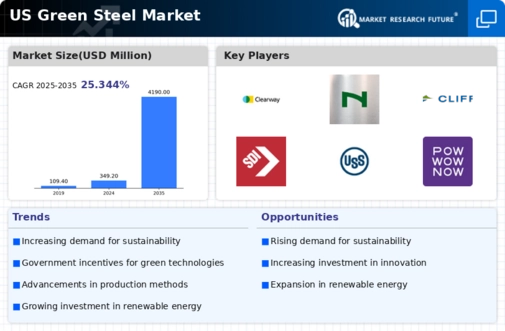

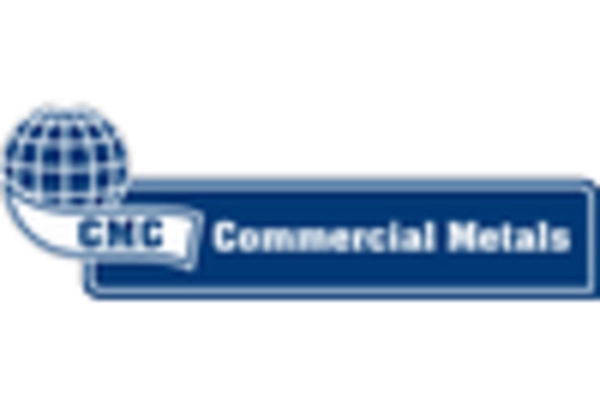
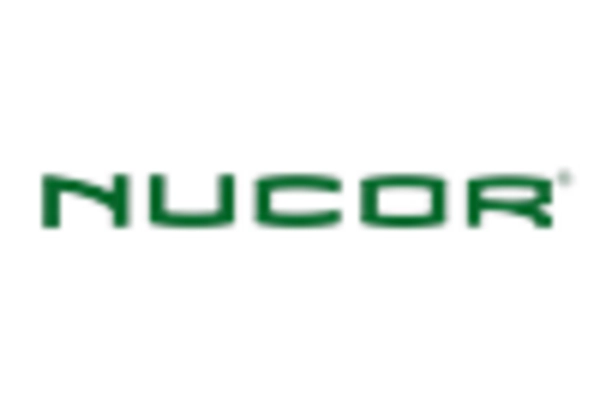

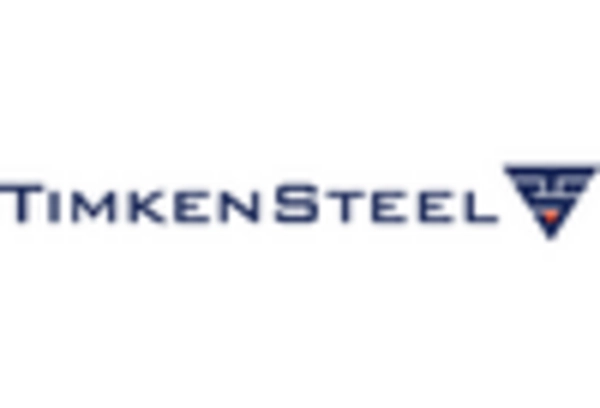
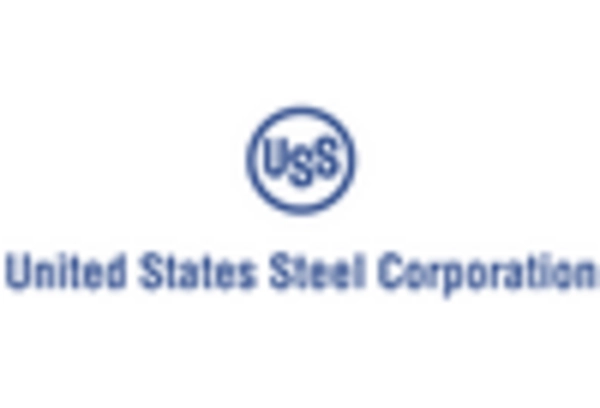

Leave a Comment